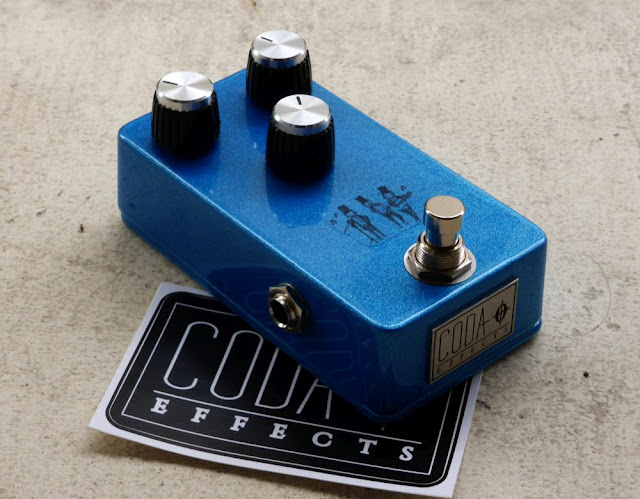Finding good electronics suppliers is a key issue when building guitar effects professionally. Indeed, they play a huge role in traceability and quality of the components (where the components come from and what they are exactly), and also the price of these components. Sometimes, they can also add delays if they are bad with handling orders and shipping it quickly.
Goods electronics suppliers are the root cause of a good build quality for a pedal builder.
With my crowdfunding project, I have an intermediary position. I cannot order directly from manufacturers (because I would have to order thousands of units at least), but I can order from electronics wholesalers!
Already 95% of the components have been ordered, and I already received quite a lot of parts! Here is a picture of the switches I got this morning (more pictures will follow in a next post):

Goods electronics suppliers are the root cause of a good build quality for a pedal builder.
With my crowdfunding project, I have an intermediary position. I cannot order directly from manufacturers (because I would have to order thousands of units at least), but I can order from electronics wholesalers!
Already 95% of the components have been ordered, and I already received quite a lot of parts! Here is a picture of the switches I got this morning (more pictures will follow in a next post):






